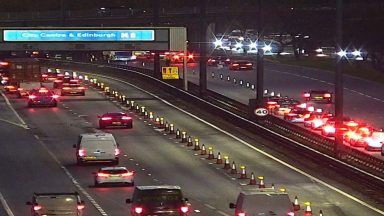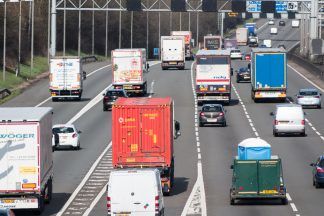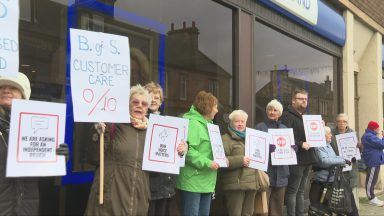Unemployment in Scotland has seen a slight rise with the latest figures reaching the beginning of the coronavirus pandemic’s impact.
The Office of National Statistics (ONS) figures cover the first three months of 2020 as lockdown measures were introduced across the UK to help curb the spread of Covid-19.
Scotland’s employment rate was slightly lower than the UK’s, with 74.7% of those aged 16 to 64 (2,666,000 people) in work for the period January to March compared to 76.6%.
The unemployment rate north of the border was 4.1% (113,000 workers), higher than the 3.9% recorded for the UK as a whole.
In comparison, the previous figures for December 2019 to February 2020 indicated 2,689,000 Scots were in work while 105,000 were not.
Jamie Hepburn, the Scottish Government’s Business, Fair Work and Skills Minister, said: “While these rates compare well against historical records, they do not reflect fully the unprecedented impact of the pandemic and how it will change over time.
“The Job Retention Scheme will have offered some relief to many employers and employees, but I am aware many will be deeply concerned about the future of their livelihoods.
“We are acutely aware of the huge impact the lockdown measures are having on people and businesses throughout the country.
“However, these measures are vital for controlling the coronavirus outbreak, saving lives and protecting the NHS.
“The Scottish Government has already provided £2.3bn in support to businesses and livelihoods, and we will continue to do everything in our power to support employers and employees.
“Over the coming weeks I will work closely with the Enterprise and Skills Strategic Board and business community as we begin to set out clearly – and in detail – the package of support to be made available to individuals and businesses to restart our economy and to aid quick recovery from this crisis.”
According to the ONS figures, Scotland’s economic inactivity rate sat at 22.1% for the three-month period compared to 20.2% for the whole UK.
The first case north of the border was confirmed on March 1 while businesses deemed non-essential were encouraged to close from March 16.
But it was not until a week later on March 23 that the full lockdown was introduced.
Jonathan Athow, ONS deputy national statistician for economic statistics, also said: “While only covering the first weeks of restrictions, our figures show Covid-19 is having a major impact on the labour market.
“In March employment held up well, as furloughed workers still count as employed, but hours worked fell sharply in late March, especially in sectors such as hospitality and construction.
“Through April, though, there were signs of falling employment as real-time tax data show the number of employees on companies’ payrolls fell noticeably, and vacancies were sharply down too, with hospitality again falling steepest.”
Follow STV News on WhatsApp
Scan the QR code on your mobile device for all the latest news from around the country


























